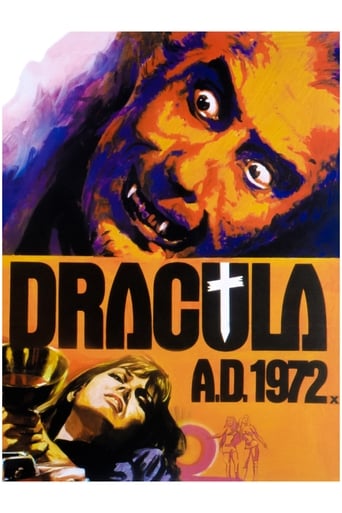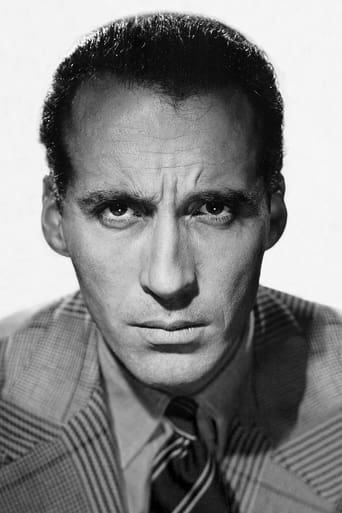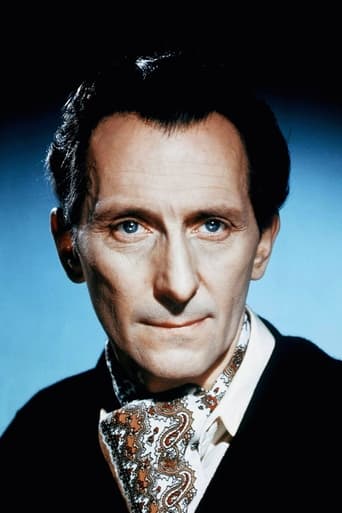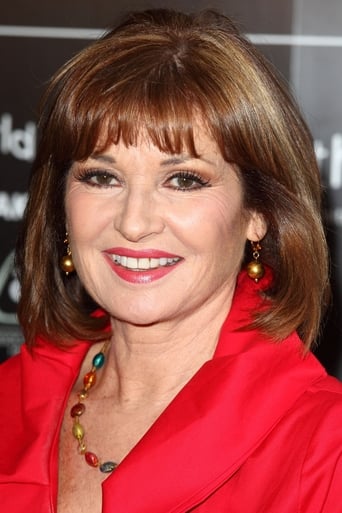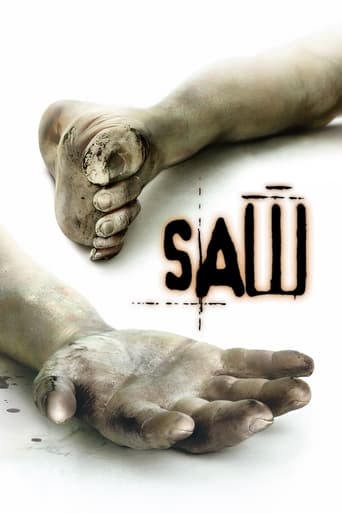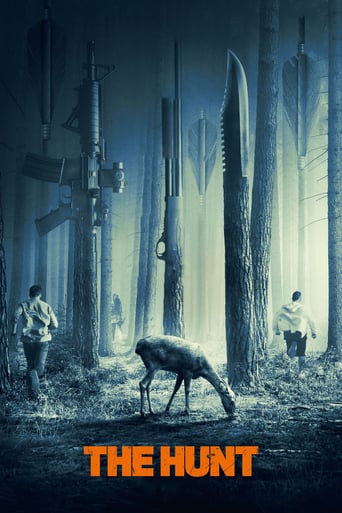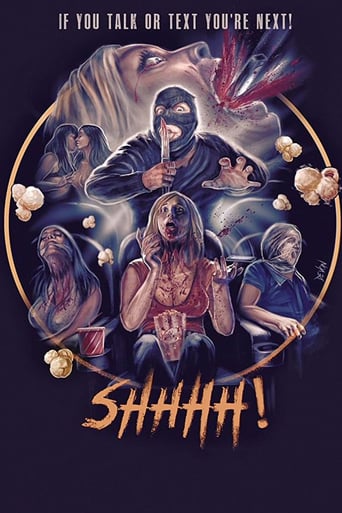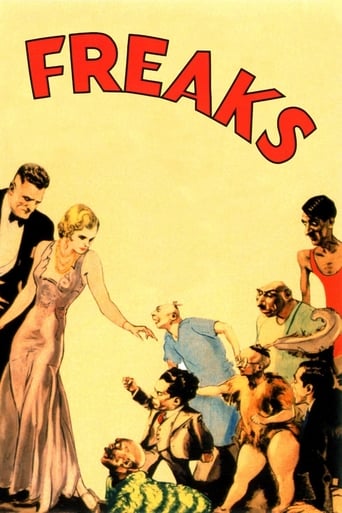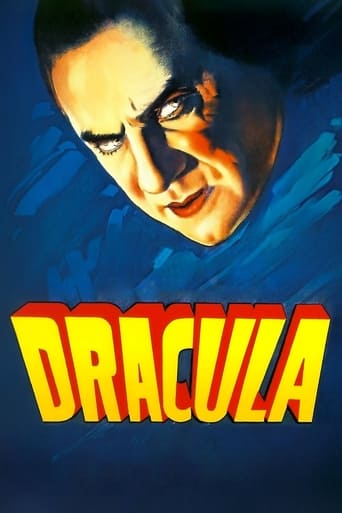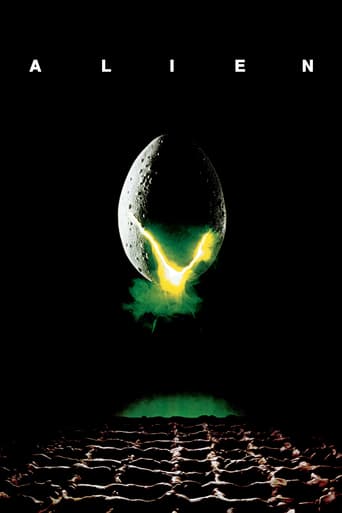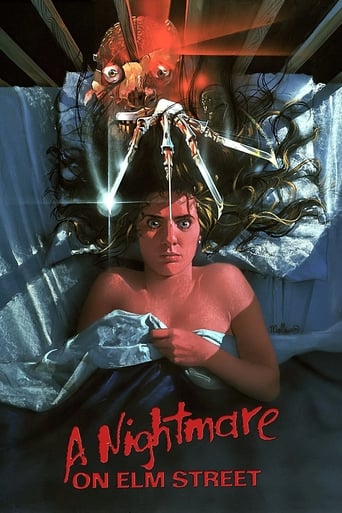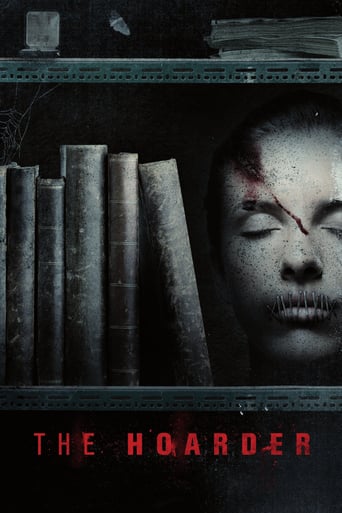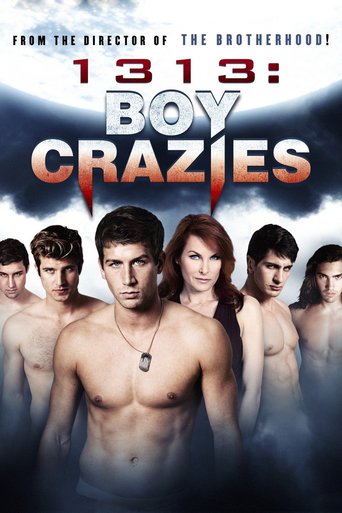Dracula A.D. 1972 (1972)
Set in London in the early 1970's, supposedly for teen thrills, Johnny organises a black magic ceremony in a desolate churchyard. The culmination of the ritual, however, is the rejuvenation of Dracula from shrivelled remains. Johnny, Dracula' s disciple, lures victims to the deserted graveyard for his master's pleasure and one of the victims delivered is Jessica Van Helsing. Descended from the Van Helsing line of vampire hunters her grandfather, equipped with all the devices to snare and destroy the Count, confronts his arch enemy in the age-old battle between good and evil.
Watch Trailer
Cast


Similar titles
Reviews
After a curious, potentially intriguing and all-too-brief prologue featuring Peter Cushing's Van Helsing in 1872 grappling with Christopher Lee as Dracula atop a runaway carriage--and finishing with part of the wooden wheel sticking out of Dracula's chest--this Hammer horror skips ahead 100 years, sticking us with a group of hedonistic (and boring) teenagers in the Chelsea district of London. These twits and birds, including Stephanie Beacham as a Van Helsing descendant, participate in a satanic ritual presided over by their 'leader,' one Johnny Alucard, a disciple of Dracula, on the 100th anniversary of the Count's demise. Though roundly-panned at the time of its release--and dated within a year of its arrival--"Dracula A.D. 1972" now has a small, loyal following, and it's understandable why. Lee's majestic entrances are delectably sinister, and no actor ever looked more stylish and graceful while wearing fangs and biting into a woman's neck. Cushing, too, is quite good as Van Helsing's son, a bemused grandfather and a welcome sight playing opposite Lee in these roles for the first time since 1958. However, Don Houghton's talky, balky script is a lazy piece of goods, while director Alan Gibson can't even stage a Black Mass with any sense of urgency or creepy excitement. Followed by another present-day bloodsucker (and Lee's final bow to his Hammer-Dracula era), "The Satanic Rites of Dracula" in 1973. *1/2 from ****
In the late 1950s Hammer Films revolutionised horror with the likes of 'The Curse of Frankenstein' (1957) and 'Dracula' (1958) which, for the time, pushed boundaries in terms of gore (not least through the knowledgeable use of colour film) and eroticism. They were commercial and critical successes that resurrected a dead genre (pun intended) and opened the door for a boom in horror movies equivalent to that in the 1930s.However, cut to the beginning of the 1970s and society itself had gone from Black and White to Technicolour due to the flowering of the counter-culture which saw all social institutions subject to intense criticism or outright attack and in horror we had seen the all-out assault of George A. Romero's 'Night of the Living Dead' (1968). As a result, recognising that quaint Vampire movies from England just don't get the scares they used to, Hammer tried to change things up. One thing they tried was ditching the subtle but potent eroticism for simply showing more tits and having the women engage in lesbianism. Another, more respectable, thing was to attempt to update the vampire story to make it more relevant to a modern audience. And from this comes 'Dracula AD 1972'.The plot is basically the same as any other of the Dracula sequels that came in the wake of 'Dracula' (1958): the count, dead since his last encounter with Van Helsing is brought back by a dutiful underling and seeks revenge. The film begins with an impressive period piece prologue showing Dracula's staking a hundred years ago and then, panning up, a plane screeches across the sky announcing the updated setting. The film then cuts to an amusing scene where a group of young hip cats (led by the charismatic and aloof Johnny Alucard) have gate-crashed a party and are "terrorising" the owners in the most limp and middle-class way. Later on they talk of where the next far out thrill will come from when Johnny suggests a black mass. They all attend for kicks but get freaked out when Johnny seems to take it too seriously and wants Jessica (family name Van Helsing) played by Stephanie Beacham, to get involved. She declines but the Prince of Darkness is summoned with the aid of another girl and, awakened to the twentieth century, Dracula is out for revenge.The film has been criticised by many as a failed attempt to desperately breathe life into the franchise, and while that charge can't be escaped, the conceit of the film to update Dracula is not a bad one. If anything, the failing of the film is that it didn't go far enough in its updating and still feels like the reserved period pieces which came before just in funky threads and platforms. What's more, director Alan Gibson (who would direct the next attempt to update Dracula with the much worse 'The Satanic Rites of Dracula') is no Terence Fisher and lacks the directorial subtleties which distinguish the earlier features. Still, Peter Cushing and Christopher Lee are sheer class, as always, and raise the film up a notch or two.All told, it's a decent attempt, with some good moments, and manages to be fun ride. However, considering that 'The Exorcist' was around the corner, it's no surprise poor old Dracula couldn't cut it. Which is sad.
Considering that this is generally regarded as the worst of the Hammer "Dracula" films and one of the worst Hammer horror films, my hopes were not high. However, I bloody loved it. Yes, it may not be the cleverest or the deepest of the films and parts of it - most of the "modern" dialogue and Alucard's death scene particularly - are rather cringeworthy but it's outrageous fun! Other parts - such as the resurrection scene and the line "By the 6,000 terrors of Hell, I baptise thee!" - are just so wonderfully silly and bizarre that I couldn't help but love it. It's just so much fun. Christopher Lee and Peter Cushing are as excellent as ever and the film has a very strong supporting cast overall. I criticised "Scars of Dracula" for being basically a hodge-podge of the best bits from the first five films. I think that Hammer might have realised that they'd tapped out the Gothic elements as regards the Dracula films and the series needed a change of pace by moving it into the present day. I wonder if that decision was inspired by "Escape from the Planet of the Apes" doing the same for its film series the previous year.
Alan Gibson directed this attempt to update the Dracula legend to the "modern" times tells a new story that begins in 1872, where professor Van Helsing(played by Peter Cushing) battles Dracula(played by Christopher Lee) atop a runaway carriage to their mutual deaths. 100 years later, a descendant of a Dracula disciple uses black magic to resurrect him, where he promptly goes on a killing spree, and only the descendant of Van Helsing(Peter Cushing) can stop him. Failed film is a total disaster, with an illogical and preposterous plot, and horridly dated style. A real wasted opportunity by not linking this with the first five films in the series; why bother with a new back story?

